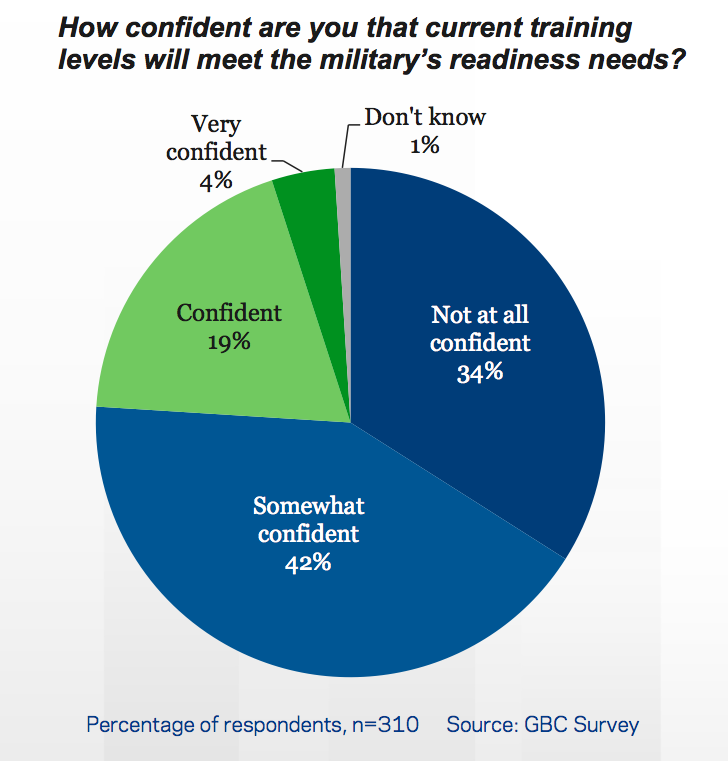
NCO Academy teaches leadership in virtual environment U.S. Army (Creative Commons)
What Can the Military Do About the Readiness Crisis?
The military faces a looming readiness crisis as sequestration threatens to return, troops return to garrison, and the nature of warfare evolves. To offset these pressures on its own accord, the military can reevaluate how it trains its personnel.
Concerns over sequestration’s impact on military readiness have spiked surrounding the release of the President’s Pentagon budget proposal that exceeds budget cuts by $34 billion. The Department of Defense’s budget overview states that “a return to these sequester-level budgets would render the Services’ readiness recovery goals unachievable and the defense strategy unexecutable.” Testifying to Congress on January 28, Army Chief of Staff General Odierno claimed that Army “readiness has dipped to its lowest levels in 20 years.” In fact, between FY 2015 and FY 2019, the Pentagon estimates service readiness budgets would be cut by $16 billion under sequestration.
But readiness is not just threatened by Congressional budget caps. Two other trends compound the looming readiness crisis.
First, the withdrawal of most U.S. forces from Afghanistan ends an era of warfare wherein large numbers of U.S. troops were actively engaged in long-term combat operations overseas. Small-scale operations in Iraq and Syria notwithstanding, this portends a natural decrease in combat readiness as troops return to garrison.
Second, the nature of warfare itself is changing. Noting a more unstable and dynamic threat landscape generated by a more diverse set of actors, the 2014 Quadrennial Defense Review calls for the military to prepare for a broader spectrum of conflict that seamlessly integrates various operational domains (i.e., air, space, sea, land, and cyber). Technological advances, particularly related to cyber conflict and unmanned systems, add new levels of complexity to 21st century warfare.
Significantly, each of these challenges represents an external pressure. The military can’t repeal sequestration, declare war, or slow the pace of technological innovation on its own. So what can the services do to enhance readiness on their own accord to offset these pressures? Reassess how they train their personnel.
In its comprehensive study of virtual training, GBC found that less than one quarter of DoD managers surveyed are confident current training levels will meet readiness needs.

Based on extensive secondary research, interviews with experts inside and outside of the military, and a survey of 310 DoD managers, the report concludes that, by increasing the proportion of training that incorporates virtual simulation, the military can make significant headway enhancing readiness despite external pressures.
At the very least, as former Air Force Lt. General Thomas Baptiste told GBC, “there is no way that any service chief can avoid the fact that they’re going to have to rethink the balance between live training and simulation.”
Click here to read the report, Going Virtual to Prepare for a New Era of Defense
Click here to see the infographic, The Promise of Virtual Training
This post is written by Government Business Council; it is not written by and does not necessarily reflect the views of Government Executive Media Group's editorial staff. For more information, see our advertising guidelines.



